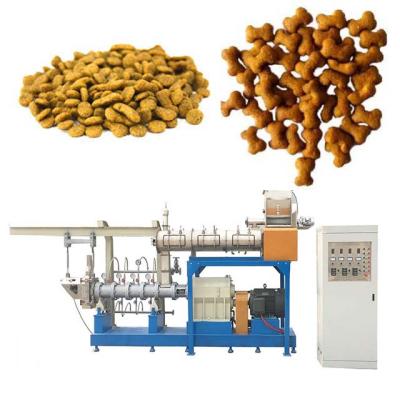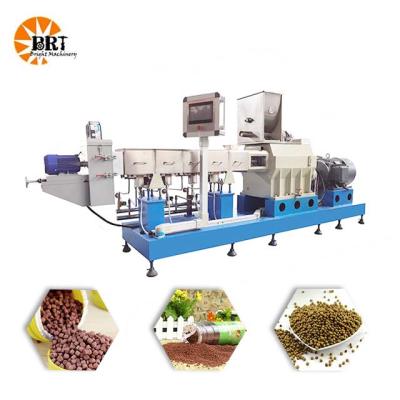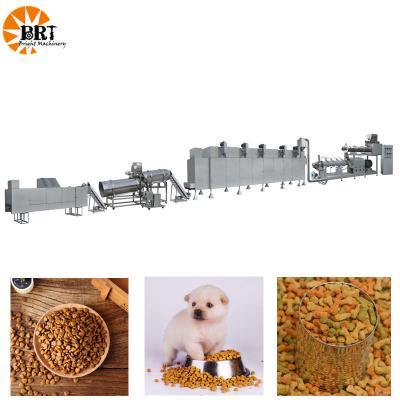What is the Role and Function of Conditioner in Feed Production?
What is the Role and Function of Conditioner in Feed Production
Conditioner is a key equipment in feed processing, mainly used to improve the physical and nutritional properties of materials through wet heat treatment (steam conditioning). Its core functions and advantages are as follows:

Main function
1. Improve starch gelatinization degree
Through steam heating (usually 70-90℃), starch granules swell and rupture, and the gelatinization rate is significantly improved (from 20% of raw starch to 35-45%), which enhances feed digestibility.
2. Improve particle forming rate
The plasticity of the material after conditioning is enhanced, the fluidity during compression molding and granulation is improved, the particle density is improved, the forming rate can reach more than 95%, and the powdering is reduced (the powdering rate can be reduced to less than 5%).
3. Sterilization and degradation of anti-nutritional factors
High temperature (above 85℃) can kill pathogenic microorganisms such as Salmonella (sterilization rate>90%), and destroy anti-nutritional factors such as trypsin inhibitors in soybeans.
4. Enhance palatability
Additives such as oils and molasses are evenly penetrated during the conditioning process, the feed flavor is improved, and the animal feed intake is increased by 5-10%.
Core Advantages
1. Energy saving and consumption reduction
After conditioning, the material softens, the current load of the pelletizer is reduced by 10-15%, the mold wear is reduced, and the energy consumption is saved by 20-30%.
2. Extending equipment life
Reduce the friction of hard materials on the pressure roller and the ring die, and extend the service life of the mold by 30-50%.
3. Flexible adaptation of formula
It can adapt to different raw materials (such as high fiber or high protein formula) by adjusting the steam pressure (usually 0.1-0.4MPa) and conditioning time (30-120 seconds).
4. Functional expansion
Integrate liquid addition system (such as grease spraying) to achieve uniform mixing (addition accuracy ±0.5%), or combine with post-ripening process to further improve nutritional value.

Parameter cases and application differences
Steam saturation: dry saturated steam (humidity <5%) is required, and the thermal efficiency is best when the temperature is ≥110℃.
Conditioning time: aquatic feed requires more than 120 seconds (high gelatinization requirement), livestock and poultry feed is usually 30-60 seconds.
Moisture control: the moisture content increases by 2-3% after conditioning, and the final moisture content needs to be controlled to ≤12% to prevent mildew.
Livestock and poultry feed: focus on particle hardness, conditioning temperature 80-85℃.
Aquatic feed: requires higher gelatinization, use multi-layer conditioners or extend the conditioning path (such as double-axis conditioners).
Pet food: pre-conditioning process may be added to improve the emulsification of meat raw materials. By accurately controlling the conditioning parameters (temperature, time, steam quality), the feed quality and production efficiency can be significantly improved, which is an indispensable process link in modern feed factories.


